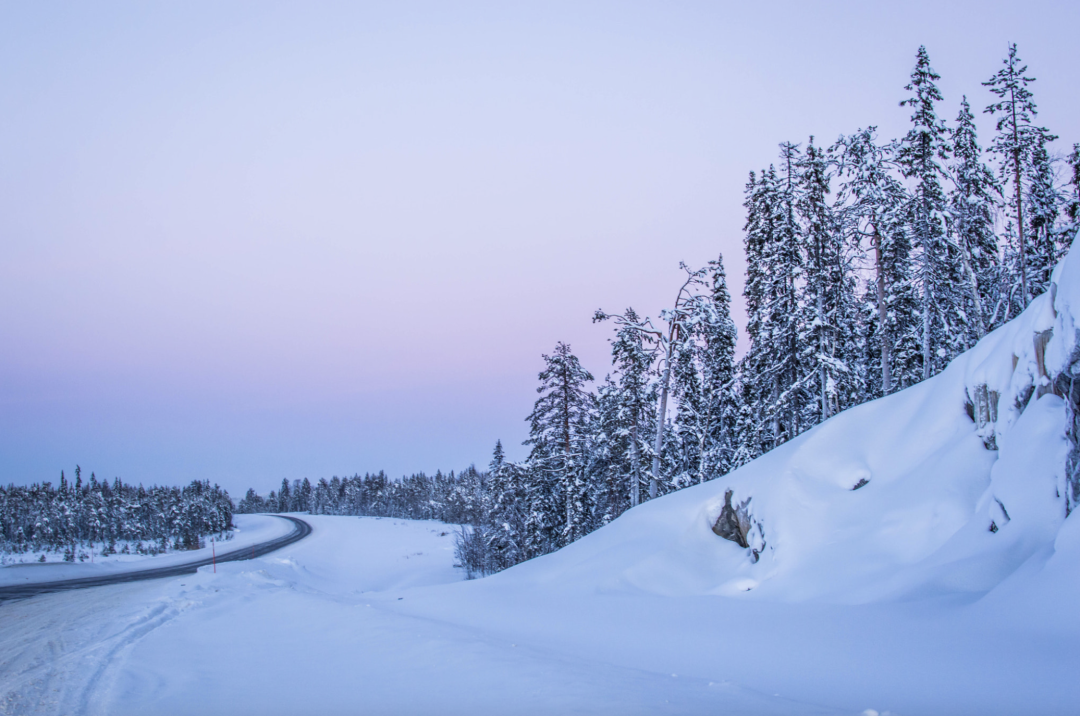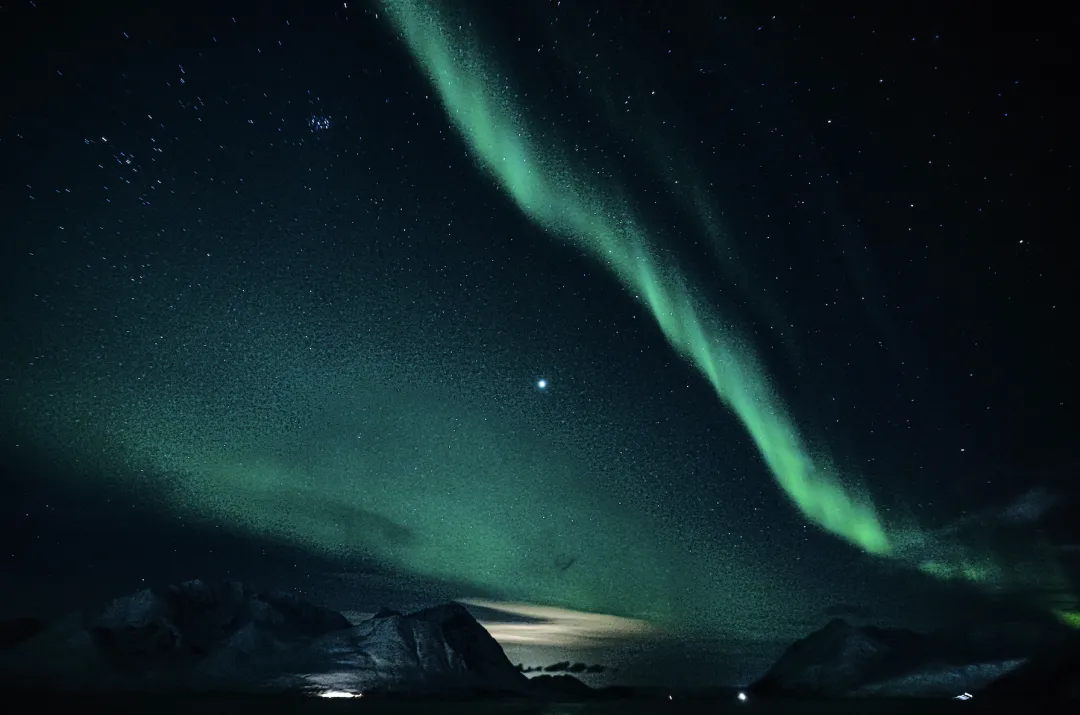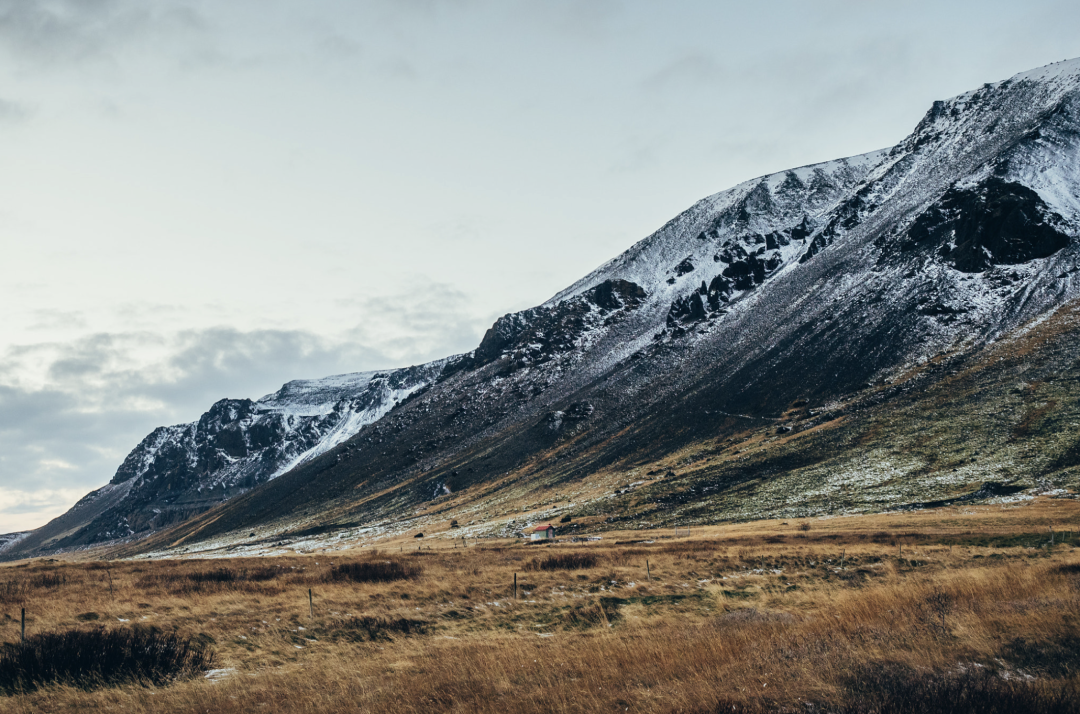“The Arctic’s pristine wilderness is evolving faster than ever. 2024 may be your last chance to experience it freely. This guide reveals how to plan a responsible, unforgettable journey before regulations tighten.”
1. Introduction to Arctic Travel in 2025
The Arctic, Earth’s final frontier of untouched beauty, is undergoing transformative shifts in tourism policies. For adventurers eager to explore this icy realm, 2024 could mark the last opportunity to witness its raw grandeur under current regulations. Starting January 1, 2025, Svalbard—the gateway to the High Arctic—will enforce stricter rules to safeguard its fragile ecosystem. This guide equips you with actionable insights for Arctic travel, from itinerary crafting to navigating the latest environmental protections.
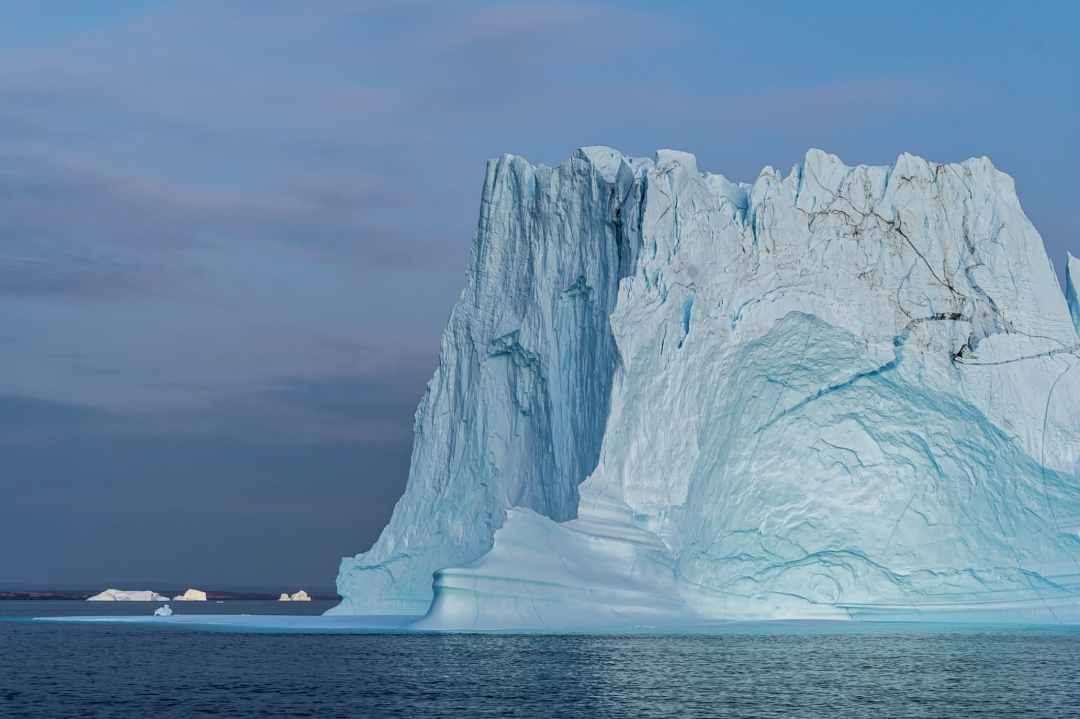
2. 2025 Svalbard Tourism Regulations: What You Need to Know
Norway’s government has implemented rigorous measures to protect Svalbard’s wildlife and landscapes. Here’s a concise breakdown of the critical changes:
2.1 Reduced Landing Sites
- Pre-2025: 240+ landing points accessible.
- Post-2025: Only 43 designated sites permitted, primarily within protected zones. This limits exploration flexibility by over 65%.
2.2 Wildlife Viewing Restrictions
- Polar Bears: Maintain a 300-meter distance year-round; increase to 500 meters during breeding season (March 1–June 30).
- Walruses & Seabirds: Ships must stay 150 meters from walrus colonies and reduce speed near bird cliffs.
2.3 Passenger Limits
- Vessels carrying over 200 passengers are banned from protected areas. Smaller expedition ships (under 200 passengers) gain priority, likely increasing costs for larger luxury cruises.
2.4 Drone and Icebreaking Bans
- Drones are prohibited in protected zones.
- Icebreaking activities are restricted to essential navigation only.

3. Why Visit the Arctic in 2024?
With 2025 regulations tightening access, 2024 presents a unique window to explore Svalbard’s untouched vistas. Here’s why:
3.1 Affordable Expeditions
- Example Deal: A 7-night Svalbard cruise with flights from Copenhagen, hotel stays, and transfers is priced at $3,493 (originally ~$6,000).
- Cost Comparison: Arctic trips are generally cheaper than Antarctic voyages due to shorter sailing times and lower airfare.
3.2 Optimal Wildlife Sightings
Summer (July–August) is ideal for spotting polar bears, walruses, and migratory whales. Glaciers calve into fjords, and Arctic flora blooms under the midnight sun.
3.3 Simplified Logistics
Fly to Oslo or Copenhagen, then take a short flight to Longyearbyen (Svalbard’s main town). No visa is required for Svalbard, though Norway transit visas may apply.
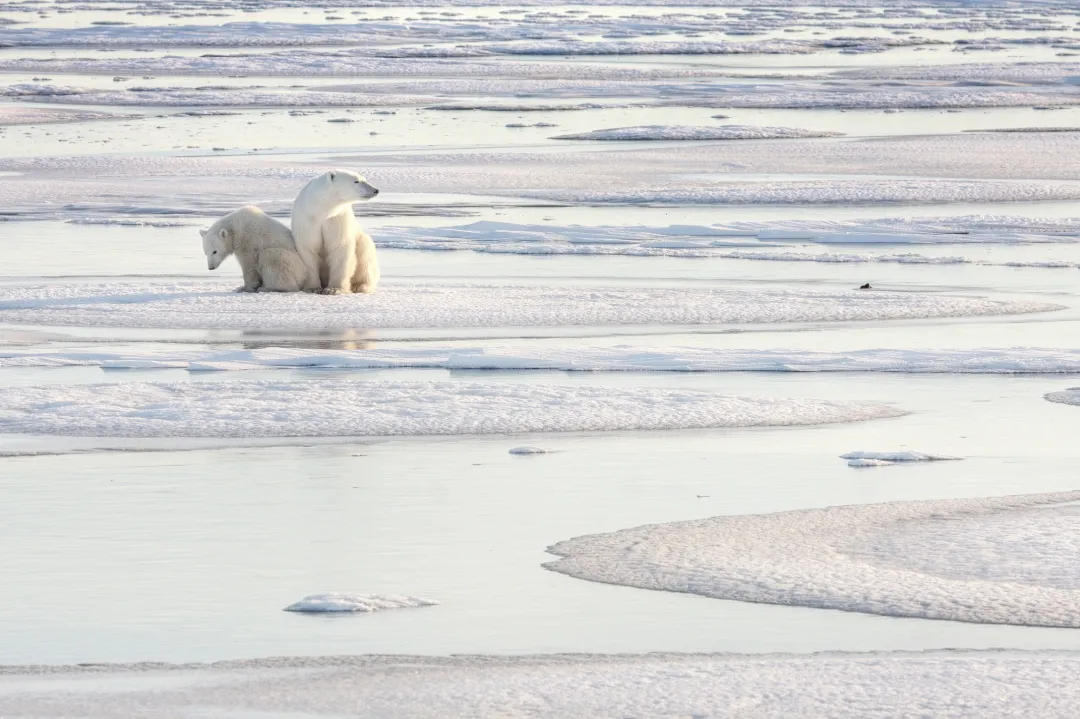
4. Arctic Travel Destinations: Where to Go
The Arctic spans diverse regions, each offering unique experiences:
4.1 Svalbard Archipelago
- Highlights: Polar bears, glaciers, and historic sites like Ny-Ålesund (home to a Chinese research station).
- Best Itineraries: Opt for 6–10-day cruises focusing on northern Svalbard, where ice floes and wildlife are abundant.
4.2 Greenland
- Key Areas: Ilulissat Icefjord (UNESCO site) and Scoresby Sund (the world’s largest fjord system).
- Tip: Avoid “multi-island” cruises; prioritize dedicated Greenland voyages for deeper exploration.
4.3 The North Pole
- How to Go: Board the nuclear-powered 50 Years of Victory (Russia) or Ponant’s Le Commandant-Charcot (France). Trips start at $40,000 and sell out quickly.
4.4 Northwest Passage
- Adventure Level: Advanced. This historic route through Canada’s Arctic requires 20+ days and costs $15,000–$30,000.
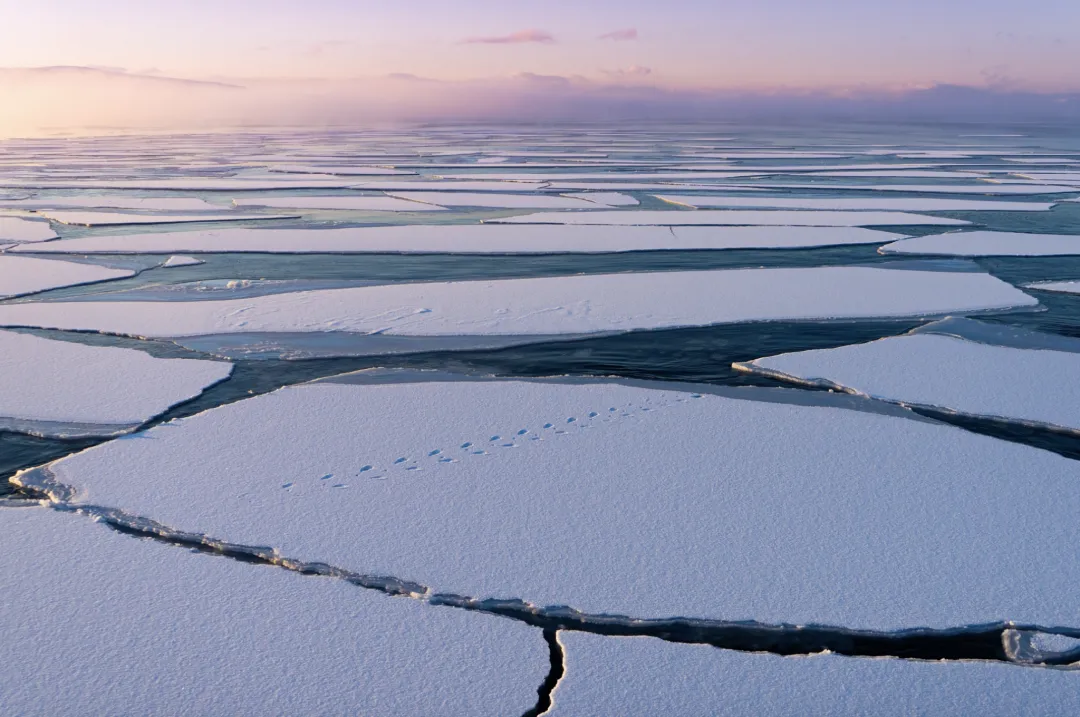

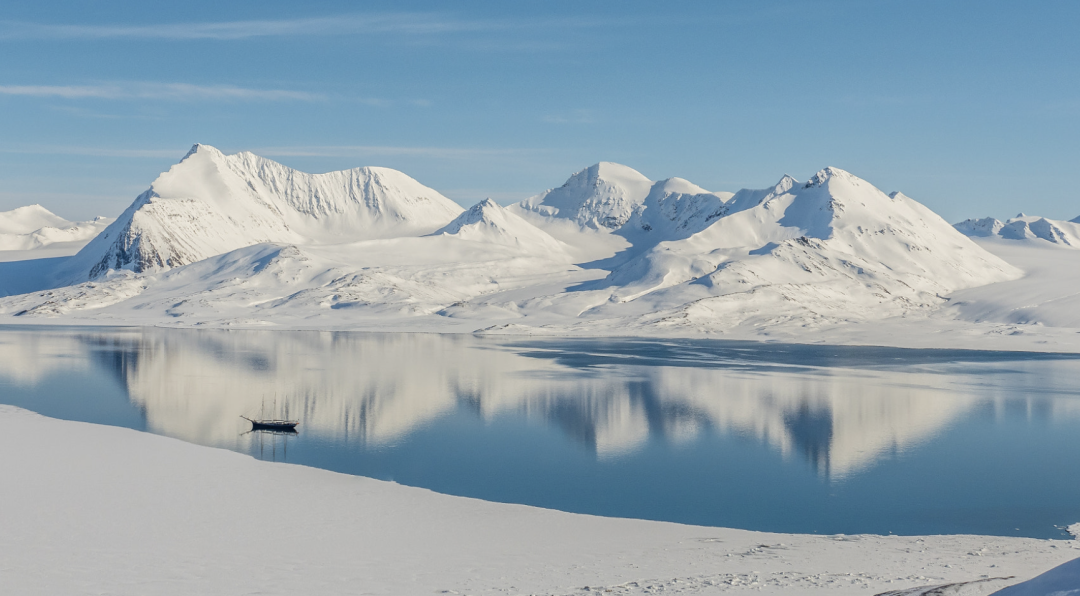
5. Planning Your Arctic Trip: Tips and Recommendations
5.1 Choosing the Right Cruise
- Small Ships: Vessels like Hondius (170 passengers) or Sea Spirit (100 passengers) access restricted zones and offer Zodiac excursions.
- Avoid Overcrowded Routes: Multi-destination trips (e.g., Svalbard + Greenland + Iceland) often sacrifice depth for breadth.
5.2 Budgeting
| Trip Type | Cost Range | Duration |
|---|---|---|
| Entry-Level Svalbard | $3,500–$7,000 | 7–10 days |
| Luxury North Pole | $15,000+ | 14–21 days |
| Extended Greenland | $10,000–$20,000 | 12–18 days |
5.3 Photography Essentials
- Gear: Telephoto lenses (400–600mm) for wildlife; wide-angle for landscapes.
- Rules: Drones are banned in protected areas; follow guidelines to avoid disturbing animals.
5.4 Best Time to Visit
- Summer (June–August): Midnight sun, accessible ice, and active wildlife.
- Winter (November–March): Northern lights, but limited access to remote areas.
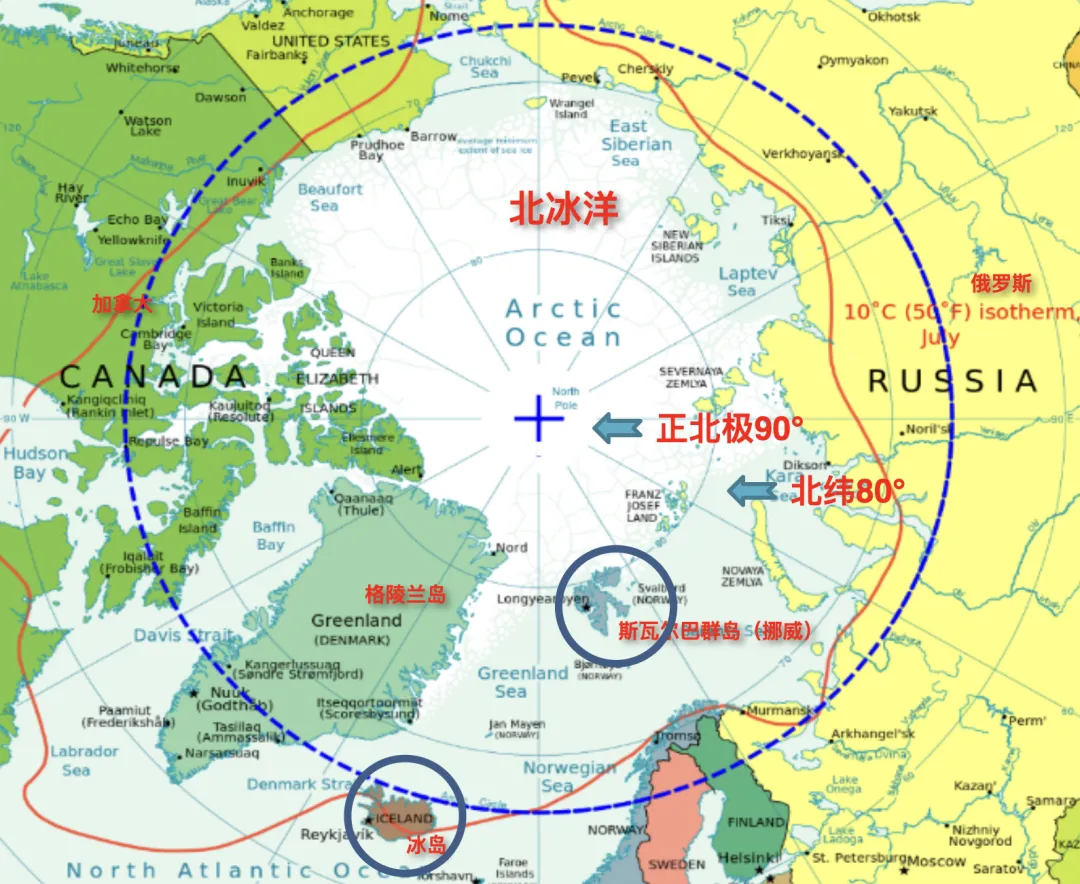
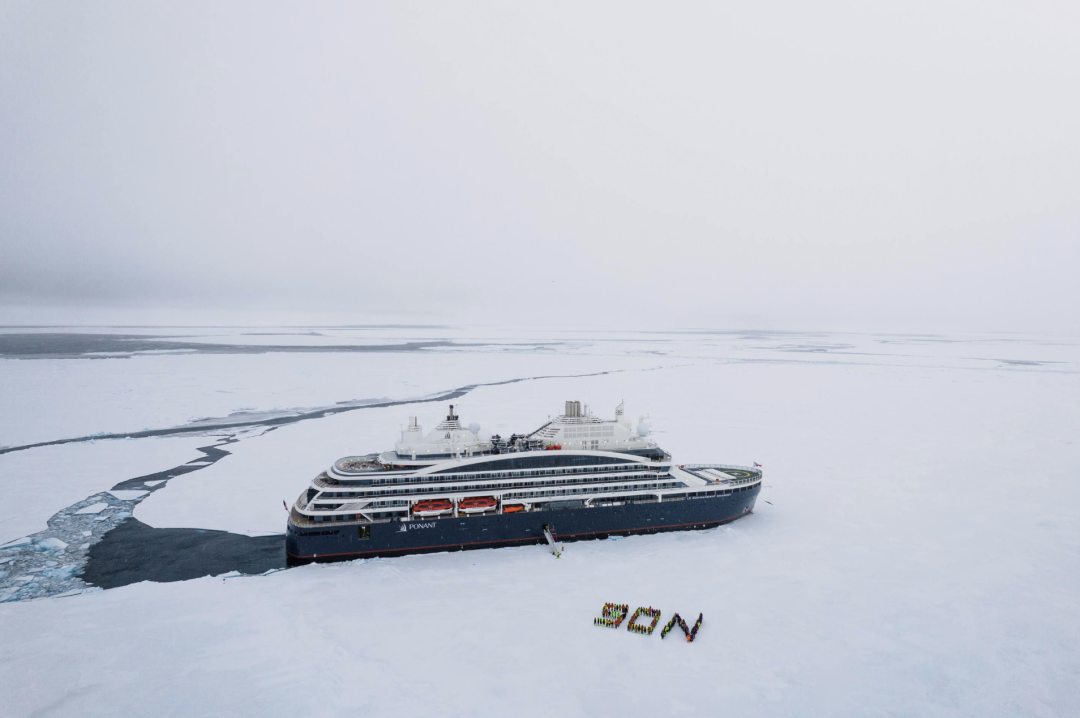
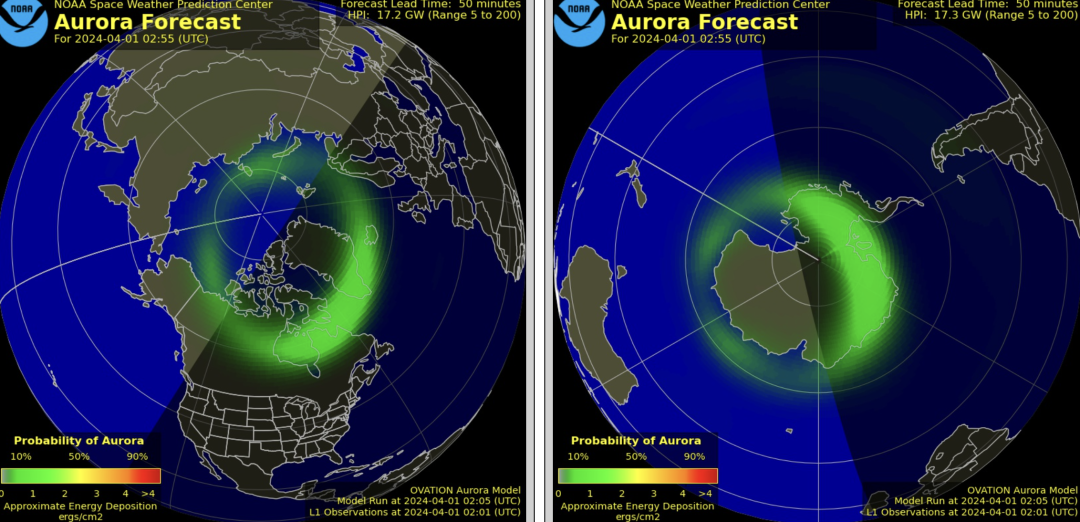
6. Ethical Travel Practices
- Stay on Marked Paths: Protect fragile tundra vegetation.
- No Souvenirs: Removing rocks, bones, or artifacts is prohibited.
- Support Local Guides: Choose operators affiliated with AECO (Arctic Expedition Cruise Operators) for eco-conscious itineraries.
Pro Tip: Book your trip with operators committed to carbon-neutral voyages. Some companies offset emissions by planting mangroves or investing in renewable energy projects.
7. Conclusion: Act Now for a Once-in-a-Lifetime Experience
The Arctic’s raw beauty is unparalleled, but its accessibility is diminishing. With 2025 regulations set to limit exploration, 2024 is the year to embark on this adventure. Whether you opt for Svalbard’s polar bear havens, Greenland’s icy fjords, or the elusive North Pole, prioritize sustainability and preparedness.
For detailed itineraries or bookings, consult polar travel specialists or trusted expedition operators.
